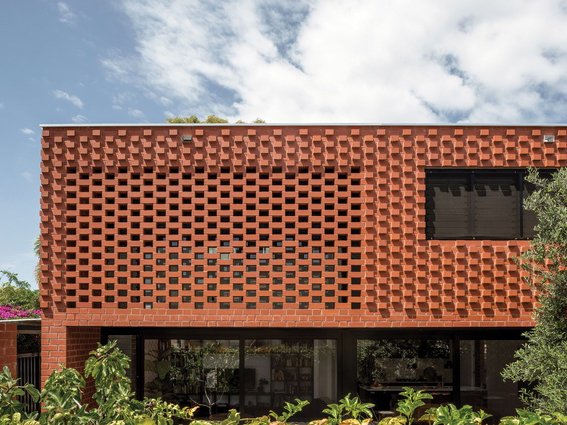A recent post on designboom featured Luo Design Studio’s Longfu Life Experience Center,
in the Henan province of China, designed “with a view to create a
‘universal space’ that boasts infinite possible uses rather than being limited
to one specific function”.
The architect’s
statement claims that the timber structure can be completely dismantled and
reused.
It didn’t take long for a comment to appear on the post, suggesting that the project “looks
cool but its (sic) a total knock off
of Shigeru Ban’s Nine Bridges project”.
The
comment betrays a typically superficial scrutiny of the two projects. However,
it does raise interesting questions about originality and imitation, and the
notions of type and typology in architecture.
Indeed, the headline images show a certain similarity of an overall rectangular
prismatic volume, with a visually dominant timber structural system.
 |
| Nine Bridges Country Club - Shigeru Ban |
The main similarity between the two projects is that both employ timber structures characterised by ‘clustered columns’. To my mind this is a well known structural typology, and Luo Studio can quite properly reference it by that generic, name without attributing it to Shigeru Ban’s particular example.
Equally telling is the difference
between the two projects.
Ban’s timber ‘trees’ are resolved to stridently high tolerances, and go
to extreme lengths to hide any steel connections – if indeed any are employed.
In contrast, Luo Studio celebrates a ‘steam punk’ aesthetic of hybrid
structure, with prominent, oversized, loose fit steel connectors.
It’s that
loose fit that allowed the architects to meet the challenge of completing the entire
design and construction in less than two months, and at the same time control
the cost.
"….the building was also required to be reusable so that any part of the structure can be enlarged, cut, replaced or moved based on different needs. what’s more, the building can also be completely dismounted and repurposed, and its materials can be reused for other constructions, hence achieving the objective to create a space that is both ‘universal’ and conveys the green credentials of the client."
Clearly, both projects offer something as precedents, but their messages
are radically different.
https://www.archdaily.com/490241/nine-bridges-country-club-shigeru-ban-architects




